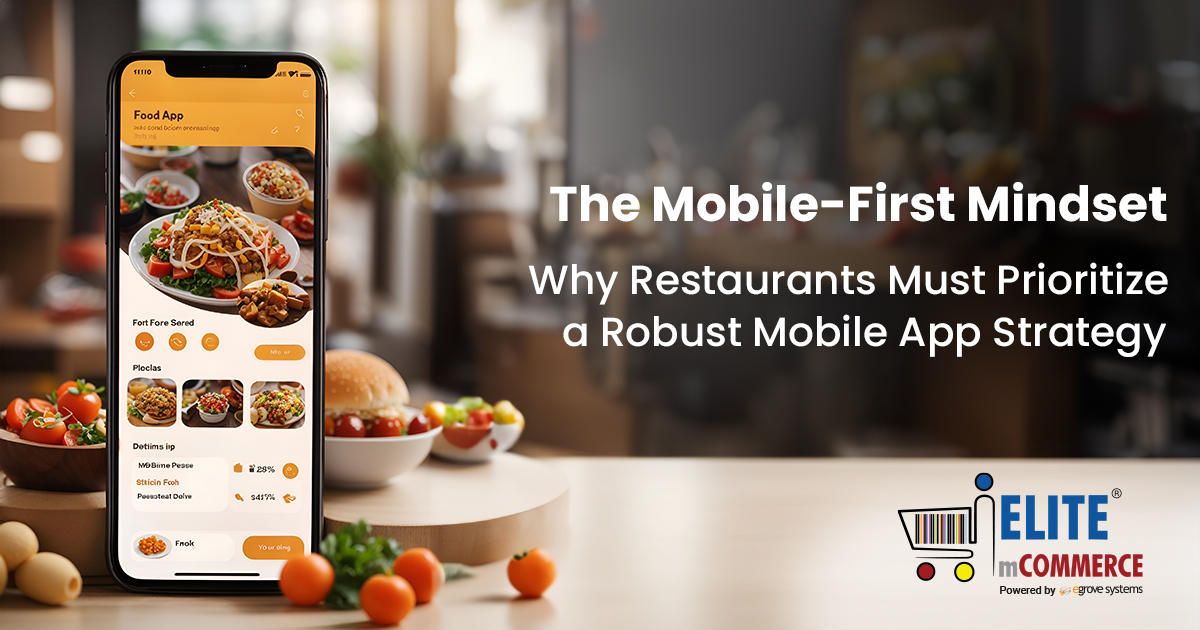One of the best depictions of the Internet-of-Things is that of a truly connected society, one where household appliances, homes, and even vehicles are monitored or operated by a network of internet connections.
This concept which may have once been considered far-fetched is now much closer to reality due to recent innovations in technology.
How Does It All Work?
The Internet-of-Things is essentially an infrastructure that allows smart devices to connect remotely using sensors to gather and relay data. This technology makes it possible for an entity such as an individual or organization to control a device digitally.
It starts with objects such as wearable devices, appliances or other electronics. These items are connected to a network via sensors and actuators that allow for the transfer of information.
With the Internet of Things, a user is able to communicate with mobile devices or modern gadgets that use software interfaces and the internet. Mobile applications such as the one’s we currently use on smartphones, laptops, and tablets will house software interfaces for us to connect with.
Read More: How Beneficial A Mobile Application Development for any Business
Internet of Things (IoT) and Big Business
On the business side of things, connected products such as wearable devices can help improve efficiency as well as cut manpower costs for organizations. With IoT devices in sync with networks, operations will likely run much smoother with more data being available for marketing and other businesses purposes.
These immediate and real-time communications will also allow for improved proficiency in building management systems. The commercial real estate industry, for instance, will benefit tremendously from the advent of smart buildings. Smart buildings provide more than automated HVAC controls and motion-censored lighting, they also touch the lives of tenants in many other ways, from their fitness experiences to their water consumption.
Another greatly impacted industry is logistics or the supply chain. This can be seen in the example of a monitored or traced package sent out for shipping. Packages that contain tracking device using the IoT can relay multitudes of useful information to improve productivity.
Many companies have already invested considerably in the IoT such as Cisco, Amazon and IBM.
Driving Forces of Internet of Things (IoT) Solutions
With all of the possibilities for a better quality of life that IoT offers it may be hard to pinpoint just a handful of forces that have pushed it into evolution.
But one considerable notion is a combination of both a demand by consumers for more services, freedom and convenience in their lives along with the availability of a technology that can cater to those demands.
The Internet of Things provides exceptional automation for people, which may solve some of the everyday problems and frustrations consumers face.
One such example could be with the automobile industry. As regular car maintenance is sometimes a burden having something like oil changes or fluid checks automated with service machines would be a great advancement in car care.
What It Takes To Deliver
With mobile applications being a major component to the successful operation and monitoring of connected devices, companies such as eGrove Systems Corporation are growing with ever importance and distinction. Services for varying platforms, such as iOS development services and Android development services are needed to facilitate proper user interaction with connected devices.
The flourishing of the IoT also comes with partnerships to companies that can deliver specialty skills and services. To streamline production businesses will likely request services individually rather than as a whole.
eGrove Systems Corporation and its associate Elite mCommerce provide a variety of services that are perfectly in-tune with the IoT and its progression. Experienced in providing iOS development services and Android development services to clients their development team is skilled and ready to produce applications for the IoT infrastructures of the future.
Similarly, proficiency in popular programming languages required for IoT projects such as Python, Javascript and C++ can be seen in their portfolio of accomplished works.
A New Spin on UX
Though rapidly developing and changing in its own right, UX or user experience will also need to be re-defined with the expansion of Internet of Things.
If the user is not satisfied with a product then the product won’t be of any use and wouldn’t sell either.
A few areas to focus on in the spirit of friendly and welcoming user experiences include efficient use of voice commands and touch screens as opposed to any buttons or dials.
Smart machines that can tell the difference between users and cater accordingly should also be properly engineered. Technology that takes into consideration factors such as a person’s height, size, age and level of functioning, for instance, will showcase a much better user experience with IoT products.
In the end, the best IoT device is one that can deliver what is needed rather than distract from its original purpose or become a burden on its user. This is the true marking of a device’s success whether for the IoT market or any other technology domain.









Good article, It’s very informative. Thanks for sharing.